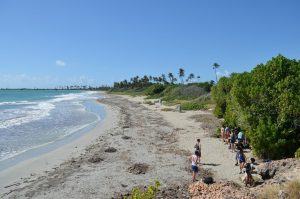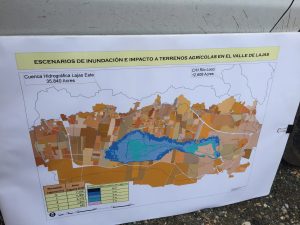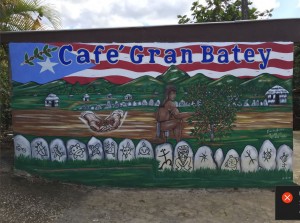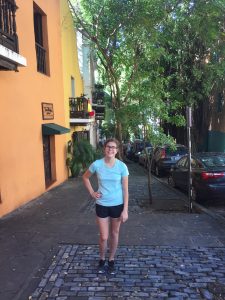In the classroom portion of ABE 199: Sustainable Biosystems we learned that sustainability does not really have one single, set definition. Its definition can vary from person to person, and it does not apply to just one area of discussion. My personal definition of sustainability has a lot to do with efficiency as well as being conscience of surroundings and the cause and effect associated to those varying surroundings. Whether it is an effect on humans or the environment. In class, we learned that sustainability influences three major sectors. Social, environmental, and economical. While sustainability has an every-changing definition and reaches too wide to easily comprehend, it is something that is important to consider in almost, if not every endeavor. The application of sustainability has a huge impact on those sectors, but it is a type of push and pull because those sectors can very heavily impact the way that sustainability is practiced.
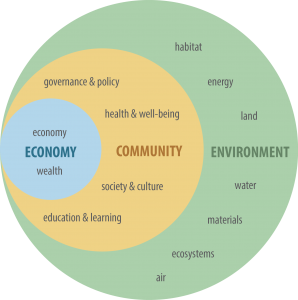
This is an example of a graph that shows how the three sectors interact. Personally, this is the optimal model, but in many cases the circles can be rearranged based on how people think the three sectors are actually being used.
When it comes to travel, it is easy to forget about sustainability. In my opinion, when a person forgets completely about sustainability it is easy to make irresponsible and uniformed decisions. Whether it is a decision that effects your social life, your morals, or the environment around you, it is easy to forget when it is not something that would create an effect on your everyday life. It is easy to leave litter because there is already litter. It is easy to decide to enjoy yourself a little too much on a night out. It is easy to walk past a situation that someone should intervene in. These are all situations that are easy to pass up in everyday life, but even easier to pass up when you are just visiting somewhere, because how does it really effect you. Honestly, it probably has no noticeable effect on you as a person. Unless it is a question of your morals that is. However when you are traveling, in many facets your decisions effect other people more. They have to live with the litter you left on the beach. They have to live with the effects of your decisions far longer than you do.
That is why when a person travels it is so important to take into account whether your choices are sustainable for all three sectors of the graph above. I think that a great first step of carrying sustainability in the front of your mind is to take a personal responsibility to learn about the place you are visiting before you go. This is not only something that can be incredibly interesting, but also is something that can help you to feel more of a connection between where you are going and your home. There will be differences, but the similarities between your home and the place that you are going will help you care more about not only the place that you are visiting but also about the people that live in that place who can often be taken for granted.
I truly believe that as a person I need to do more of this when I travel. I can definitely see where I can improve in making decisions that take the people that live there full time in to account. The biggest way this trip showed me that I can take personal responsibility is by cleaning up more than I brought. The beach is one place that Puerto Rico really lives on. Between attracting tourists and the way that the locals use the beaches it is easy to tell that beaches are a part of not only the islands revenue, but also the culture of the island. This proves to me that by taking a personal responsibility to help clean up more than just what I brought I will not only create a more enjoyable place for myself and other tourists potentially helping draw more travelers and money to the island, but also help social aspects of the culture that revolve around the beaches, and the by helping the environment by cutting out more litter that could potentially harm animals and the ecosystems they live in.


